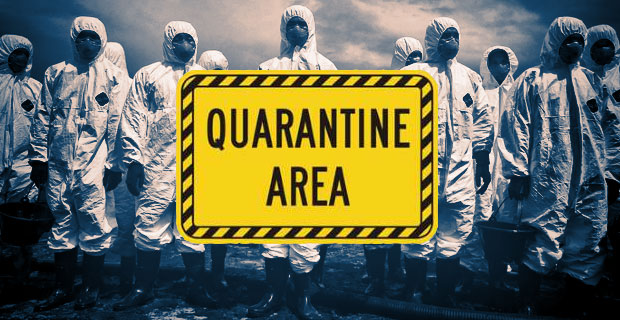In part 24 of our series, we feature the K-9 Healers Intergenerational Pet Therapy Project, which is based in Branchport, NY.
(Check our archives for parts 1-23.)
Since 1995 the K-9 Healers Intergenerational Pet Therapy Project or “K-9 Kids” has been a project that brings together youth, residents of the Homestead Long Term Care Facility, and registered Pet Therapy dogs.
Gail Furst founded this program in 1995 with her registered Pet Therapy Boxer, “Rosie”, and one child visiting the Homestead room to room.
The program gives youth the opportunity to develop safe, caring relationships with the senior citizens while at the same time taking pride in their work as dog handlers and helpers.
The youth come to the after-school program every Wednesday during the school year. They arrive at the Homestead, join the three facilitators and gather in a common room to talk about their day.
Once everyone has had a chance to relax they go and join the residents in their activity room to participate in an intergenerational craft project.
Gail Furst founded this program in 1995 with her registered Pet Therapy Boxer, “Rosie”, and one child visiting the Homestead room to room.
The program gives youth the opportunity to develop safe, caring relationships with the senior citizens while at the same time taking pride in their work as dog handlers and helpers.
The youth come to the after-school program every Wednesday during the school year. They arrive at the Homestead, join the three facilitators and gather in a common room to talk about their day.
Once everyone has had a chance to relax they go and join the residents in their activity room to participate in an intergenerational craft project.
 During the program the youth share who gets to take care of the dogs, as well as helping some of the residents cut paper, glue, and finish their art project. Throughout the program the youth are showered with praise by the facilitators as well as the residents.
During the program the youth share who gets to take care of the dogs, as well as helping some of the residents cut paper, glue, and finish their art project. Throughout the program the youth are showered with praise by the facilitators as well as the residents.The K-9 Kids goals include enhancing each participant’s use of personal power through learning how to control a dog in a nursing home; providing human and canine companionship to nursing home Residents; promoting each participant’s ability to use self-control; increasing each participant’s self esteem, empathy, patience, and positive sense of self-worth; teaching the participant’s how to praise and providing them with opportunities to receive praise from facilitators, residents, and each other.
The program also teaches the children reverence for life.
K-9 Kids is a program funded by Yates County Community Services, which distributes funds to the Rushville Health Center, where Ms. Furst was the Outreach Department Director for over 15 years.
To date the K-9 Kids has serviced over 1000 youth living in Yates County.
The K-9 Kids Project has been nationally recognized twice. The first was when it was listed by the Humane Society of the United States directory of Animal-Related Programs for Violence Prevention and Intervention (www.hsus.org).
The second recognition was by America’s Promise in 2000. America’s Promise is a campaign founded by General Colin Powell (www.americaspromise.org).
K-9 Kids was highlighted as a program that brings youth into Finger Lakes Health, with which the Homestead is affiliated.
Got something cool you tried that was successful? Why not tweet your cool intergenerational ideas to #cooligideas? You can also post them to ourIntergenerational Connections Facebook Group or just text us through the FacebookMessenger app (friend me to join our Cool Intergenerational Ideas group discussion). We want to highlight innovative age-optimized programs and practices through our blog, social media and weekly e-newsletter! Share the inspiration.







